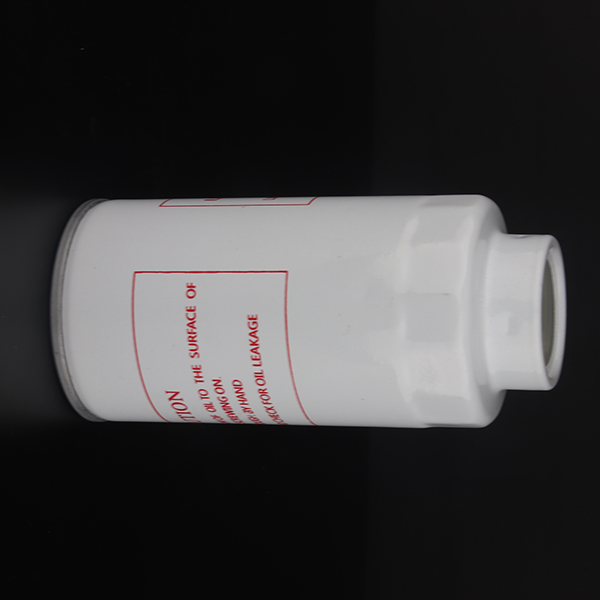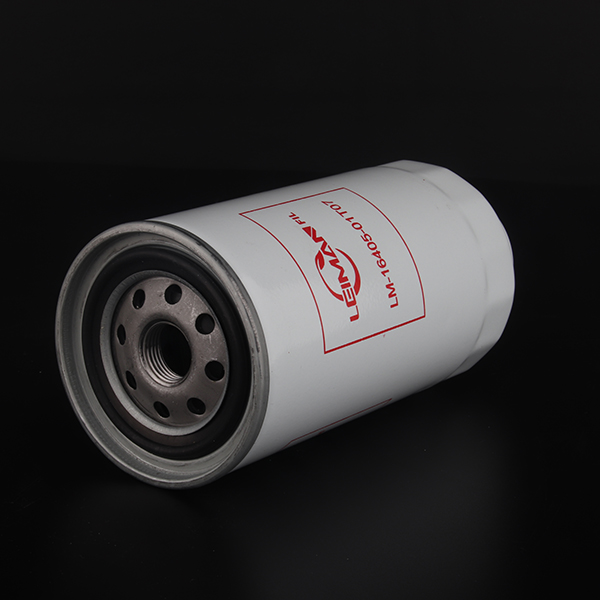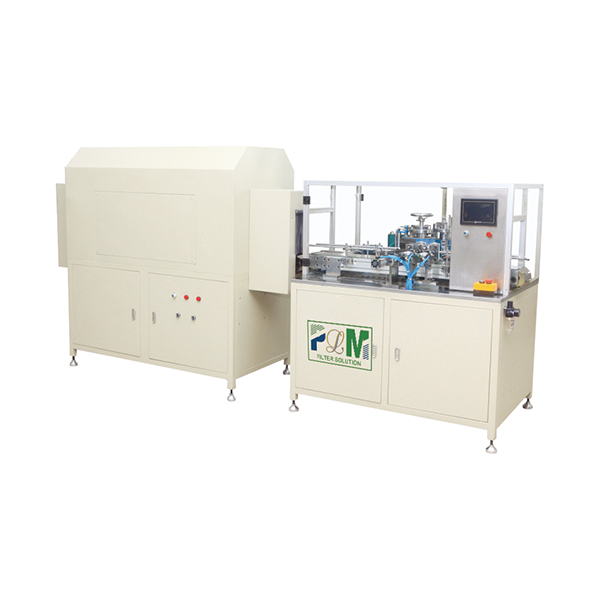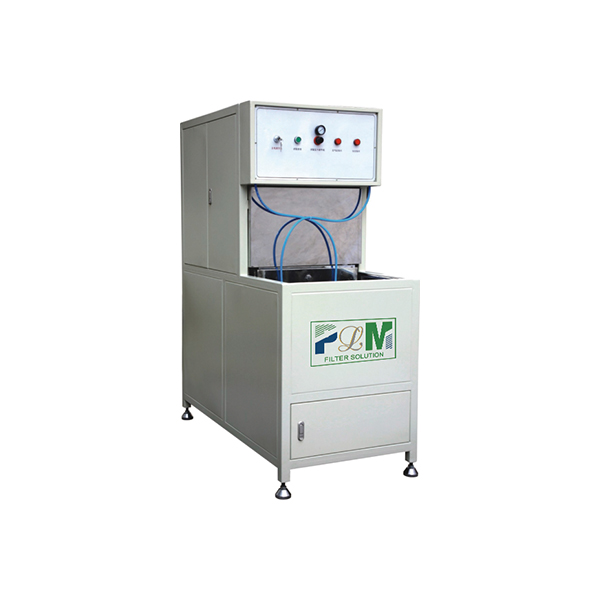Sep . 14, 2025 08:00 Back to list
Best Active Carbon Air Filter for Air Purifier – Odor & VOC Removal
Introduction to Advanced Air Filtration Technologies
In an era marked by increasing environmental awareness and growing concerns over indoor air quality, the demand for sophisticated air purification systems has escalated dramatically. Central to the effectiveness of these systems is the filtration technology employed, particularly the role of specialized adsorbent media. We delve into the critical function and advanced engineering behind the active carbon air filter for air purifier, a cornerstone in achieving superior air quality in diverse environments.
Beyond conventional particulate filtration, activated carbon technology offers unparalleled capabilities in adsorbing volatile organic compounds (VOCs), odors, and harmful gaseous pollutants. This article provides a comprehensive overview of its manufacturing, technical specifications, application advantages, and market trends, serving as an essential guide for B2B decision-makers and technical procurement specialists.
Manufacturing Process of Active Carbon Air Filters
The production of a high-performance active carbon air filter for air purifier is a multi-stage process, demanding precision and adherence to stringent quality controls. It integrates material science with advanced manufacturing techniques to ensure optimal filtration efficiency and longevity.
Materials and Activation
The core material, activated carbon, is typically derived from natural sources such as coconut shells, wood, or coal. These raw materials undergo a meticulous carbonization process (pyrolysis in an inert atmosphere) followed by activation. Activation, either physical (steam or CO2) or chemical (phosphoric acid or zinc chloride), creates a highly porous structure with a vast internal surface area, measured in square meters per gram. This micro-porosity is crucial for the adsorption of gaseous contaminants. For instance, a high-quality honeycomb activated carbon filter utilizes advanced carbon substrates to maximize surface area and airflow.
Filter Assembly and Fabrication
Once activated carbon granules or fibers are prepared, they are integrated into various filter designs. Common methods include:
- Pleating: Carbon-impregnated media or a separate activated carbon layer is pleated alongside a particulate filter (e.g., a MERV 8 pleated AC furnace air filter) to maximize surface area and extend contact time with air.
- Granular Beds: Carbon granules are packed into a rigid frame, often with a pre-filter layer to protect against particulate loading. This design is common in heavy-duty commercial applications.
- Carbon Web/Fiber: Activated carbon can be integrated directly into a fibrous mat, offering a lighter, more flexible solution for compact air purifiers, similar to a replacement Dyson carbon HEPA air filter.
Manufacturing Process Steps (Schematic)
1. Raw Material Sourcing
(Coconut Shells, Wood, Coal)
2. Carbonization
(Pyrolysis in Inert Atmosphere)
3. Activation
(Steam/CO2 or Chemical Treatment)
4. Media Preparation
(Granules, Impregnated Fibers, Web)
5. Frame Assembly
(Sealing, Gasketing, Frame Construction)
6. Quality Control & Testing
(ISO 9001, ANSI/ASHRAE 52.2, VOC Adsorption)

Testing Standards and Service Life
Manufacturers adhere to international testing standards such as ISO 9001 for quality management and ANSI/ASHRAE 52.2 for particulate filtration efficiency. For gas-phase filtration, internal standards and specific application requirements often dictate testing protocols, including breakthrough capacity for target VOCs. The typical service life of an active carbon air filter for air purifier can range from 3 to 12 months, depending on air quality, usage intensity, and carbon loading capacity. In contrast, filters like the fuel filter for Caterpillar truck engine or the 37010 - auto car engine oil filter have service lives dictated by fuel/oil consumption and operating hours, highlighting the diverse metrics across filtration products.
Technical Specifications and Performance Parameters
Understanding the technical parameters is crucial for selecting the appropriate active carbon air filter for air purifier for specific industrial or commercial applications. Key metrics quantify both the physical properties of the filter and its performance under operational conditions.
Typical Product Specifications
| Parameter | Value/Range | Unit |
|---|---|---|
| Activated Carbon Type | Coconut Shell / Bituminous Coal | N/A |
| Iodine Number (Adsorptive Capacity) | 900 - 1100 | mg/g |
| CTC Adsorption (Carbon Tetrachloride) | 50 - 70 | % |
| Initial Pressure Drop | 50 - 150 | Pa (at rated airflow) |
| VOC Removal Efficiency (Toluene) | >95 | % |
| Operating Temperature Range | -20 to 80 | °C |
| Frame Material | Galvanized Steel, ABS Plastic | N/A |
The iodine number quantifies the micropore volume, indicating the capacity for adsorbing small molecules, while CTC adsorption is a standard measure for the overall adsorptive capacity. Low initial pressure drop is critical for energy efficiency in air handling units.

Application Scenarios and Industry Trends
The versatility of an active carbon air filter for air purifier makes it indispensable across a spectrum of industries. Its ability to combat gas-phase contaminants is paramount for health, safety, and process integrity.
Target Industries:
- Healthcare & Pharmaceuticals: Maintaining sterile environments and removing chemical fumes from laboratories.
- Commercial & Residential HVAC: Enhancing indoor air quality in offices, hotels, and homes by removing odors, smoke, and VOCs.
- Chemical & Petrochemical Processing: Protecting personnel from hazardous gases and controlling process emissions. This is akin to the critical role of an oil filter fit for Outback Legacy SVX car or an ISF2 8 oil-water separator fuel filter in protecting engines from impurities.
- Food & Beverage: Eliminating odors that could impact product taste or shelf-life.
- Museums & Archives: Protecting sensitive artifacts from corrosive airborne pollutants.
- Public Transportation: Improving air quality in vehicles and stations, comparable to the importance of fuel filter for 6.7l diesel FD4615 in heavy-duty engines.
Industry Trends:
- Smart Filtration Systems: Integration with IoT for real-time monitoring of filter saturation and predictive maintenance.
- Sustainability: Growing demand for activated carbon from renewable sources and filters designed for easier recycling or regeneration.
- Enhanced Selectivity: Development of impregnated carbons to target specific harmful gases, moving beyond broad-spectrum adsorption.
- Combined Filtration: Increased adoption of multi-stage filters (e.g., HEPA + Activated Carbon) for comprehensive particulate and gas-phase removal, mirroring complex filtration solutions like the rts aliexpress way compressed air filter for industrial air lines.
The global air purification market is projected to grow significantly, driven by urbanization, industrialization, and heightened public health awareness. This trajectory ensures a steady demand for advanced filtration solutions like the active carbon air filter for air purifier.

Technical Advantages and Vendor Comparison
The inherent technical advantages of activated carbon filters, coupled with strategic vendor selection, are pivotal for long-term operational efficiency and cost-effectiveness.
Key Technical Advantages:
- Broad-Spectrum Adsorption: Effective against a wide range of organic compounds, including VOCs (e.g., formaldehyde, benzene), odors (e.g., cooking smells, pet odors), and some inorganic gases.
- Odor Neutralization: Unlike air fresheners that mask odors, activated carbon chemically binds and removes odor molecules from the air, providing true purification.
- Energy Efficiency: Modern designs optimize airflow, leading to minimal pressure drop across the filter and reduced energy consumption for HVAC systems.
- Corrosion Resistance: Frame materials and carbon types can be selected for high resistance to corrosive environments, extending filter life in demanding applications like petrochemical processing.
- Complementary Filtration: When paired with HEPA filters, it offers comprehensive air purification, addressing both particulate and gaseous pollutants.
Vendor Comparison Considerations:
Choosing the right supplier for an active carbon air filter for air purifier involves evaluating more than just price. Key factors include:
| Feature/Criterion | High-Quality Vendor | Standard Vendor |
|---|---|---|
| Carbon Sourcing & Quality | Certified, consistent iodine & CTC values, specific impregnations | Variable quality, basic carbon |
| Manufacturing Certifications | ISO 9001, CE, specific industry standards (e.g., FDA for food-grade) | Minimal or no certifications |
| Technical Support & Customization | Engineering support, bespoke solutions, application expertise | Limited off-the-shelf options, basic support |
| Product Warranty & Service Life | Robust warranty (1-3 years), clear service life estimates | Short or unclear warranty |
| Test Data & Performance Reports | Detailed, third-party verified reports available | Generic or self-reported data |

Customized Solutions and Application Case Studies
Recognizing that off-the-shelf solutions may not always suffice, leading manufacturers offer customized active carbon air filter for air purifier configurations to meet precise operational demands.
Tailored Filtration for Unique Challenges:
- Specific Gas Removal: Impregnated carbons can be formulated to selectively adsorb hazardous gases such as hydrogen sulfide, ammonia, or acid gases, crucial in environments like wastewater treatment plants or specialized chemical production.
- Size and Shape Customization: Filters can be designed to fit non-standard HVAC units or unique air purification systems, ensuring optimal integration and performance.
- High Airflow/Low Pressure Drop: Engineered designs for applications requiring high air changes per hour without significantly increasing energy consumption.
- Enhanced Durability: Use of robust frame materials and specialized coatings for filters operating in harsh environmental conditions (e.g., high humidity, extreme temperatures).
Application Case Study: Pharmaceutical Cleanroom Air Quality
A leading pharmaceutical company faced persistent issues with trace organic solvent odors detected in their API (Active Pharmaceutical Ingredient) manufacturing cleanroom, despite using high-efficiency particulate air (HEPA) filters. The presence of these VOCs posed risks to product integrity and employee comfort.
- Challenge: Eliminate trace VOCs (primarily ethanol and acetone) from a ISO Class 7 cleanroom environment without compromising particulate filtration or increasing energy costs significantly.
- Solution: Our team collaborated to design a custom-fit, dual-stage filtration unit combining a certified HEPA filter with an activated carbon module featuring specialized high-CTC bituminous coal-based carbon granules. The module was designed for minimal pressure drop.
- Results: Post-installation, real-time VOC monitoring demonstrated a >98% reduction in target solvent concentrations. Employee feedback confirmed the complete absence of previously detected odors. The filter units achieved a 9-month service life, exceeding initial projections, resulting in significant savings in HVAC energy and ensuring compliance with stringent cleanroom air quality standards (e.g., ISO 14644).

Trustworthiness, Warranty, and Support
Establishing trust with B2B clients requires transparent commitments regarding product quality, support, and reliability.
Frequently Asked Questions (FAQ)
- Q: How often should an active carbon air filter for air purifier be replaced?
- A: Replacement frequency depends on usage, local air quality, and the specific application. Typically, filters last 3-12 months. Our technical team can provide a more precise estimate based on your operational profile.
- Q: Can activated carbon filters remove all types of gases?
- A: While highly effective against a broad range of organic compounds and odors, standard activated carbon has limitations for certain inorganic gases (e.g., carbon monoxide, carbon dioxide). For these, specialized impregnated carbons or different filtration technologies may be required.
- Q: Are these filters regenerable?
- A: While activated carbon itself can be thermally regenerated at high temperatures, the process is typically conducted by specialized facilities for bulk carbon and is not practical for most assembled air filters. Filter replacement is the standard procedure for optimal performance.
Lead Time and Fulfillment
Standard products typically have a lead time of 2-4 weeks, depending on order volume. Customized solutions may require 4-8 weeks for design, prototyping, and production. We maintain robust inventory levels for common filter types to facilitate expedited orders when necessary. Global logistics partnerships ensure efficient and reliable delivery to our clients worldwide.
Warranty Commitments
All our active carbon air filter for air purifier products come with a comprehensive 12-month limited warranty against manufacturing defects from the date of purchase. This warranty covers material and workmanship failures under normal operating conditions. Specific details are outlined in our product documentation.
Customer Support and After-Sales Service
Our dedicated technical support team is available to assist with product selection, installation guidance, troubleshooting, and post-sales inquiries. We offer 24/7 online support and regional service representatives for on-site assistance for major industrial installations. Our commitment extends beyond product delivery to ensuring sustained performance and customer satisfaction. Similar to the comprehensive support required for maintaining heavy-duty components like a fuel filter for Caterpillar truck engine, we provide detailed guidance to optimize filter longevity and efficiency.

Conclusion
The selection and deployment of an advanced active carbon air filter for air purifier represents a critical investment in air quality, environmental compliance, and operational well-being. By leveraging superior materials, meticulous manufacturing processes, and adherence to rigorous testing standards, these filters deliver exceptional performance in removing gaseous pollutants and odors across diverse industrial and commercial landscapes. Partnering with a reputable vendor capable of offering technical expertise, customizable solutions, and robust after-sales support ensures optimal long-term benefits and a healthier, safer indoor environment.
References
- ISO 9001:2015 - Quality management systems — Requirements. International Organization for Standardization.
- ANSI/ASHRAE Standard 52.2-2017 - Method of Testing General Ventilation Air-Cleaning Devices for Removal Efficiency by Particle Size. ASHRAE.
- United States Environmental Protection Agency (EPA). (2023). Indoor Air Quality. Available at: www.epa.gov/indoor-air-quality-iaq
- International Society of Pharmaceutical Engineering (ISPE). (2022). Good Practice Guide: HVAC for Pharma.
- Wang, L., & Hu, M. (2021). Advances in Activated Carbon Materials for Air Purification. Journal of Environmental Chemical Engineering, 9(3), 105221.
Comprehensive Guide to Filter Caps: Applications, Benefits & Future Trends
NewsNov.24,2025Filter Paper: Essential Guide for Industry and Global Applications
NewsNov.23,2025Essential Guide to Filter Materials: Types, Applications, and Future Trends
NewsNov.22,2025Efficient Long Pulse Dust Collector Pleated Filters for Superior Industrial Air Quality
NewsNov.22,2025Professional Air Filter Making Machine – Efficient Air Filtration Production Solutions
NewsNov.21,2025PLAB-6 A/B Glue System-Hebei Filter Man|Precision&Adjustable Speed
NewsNov.21,2025






